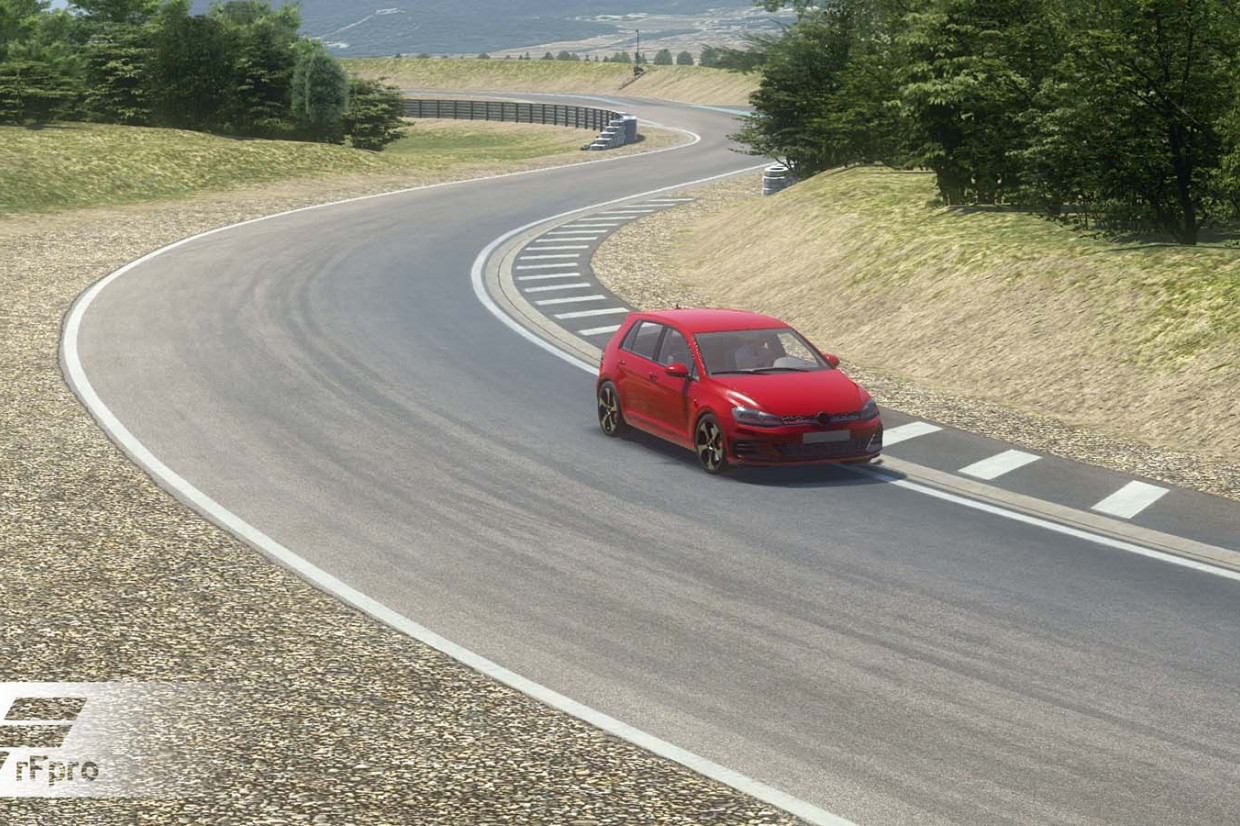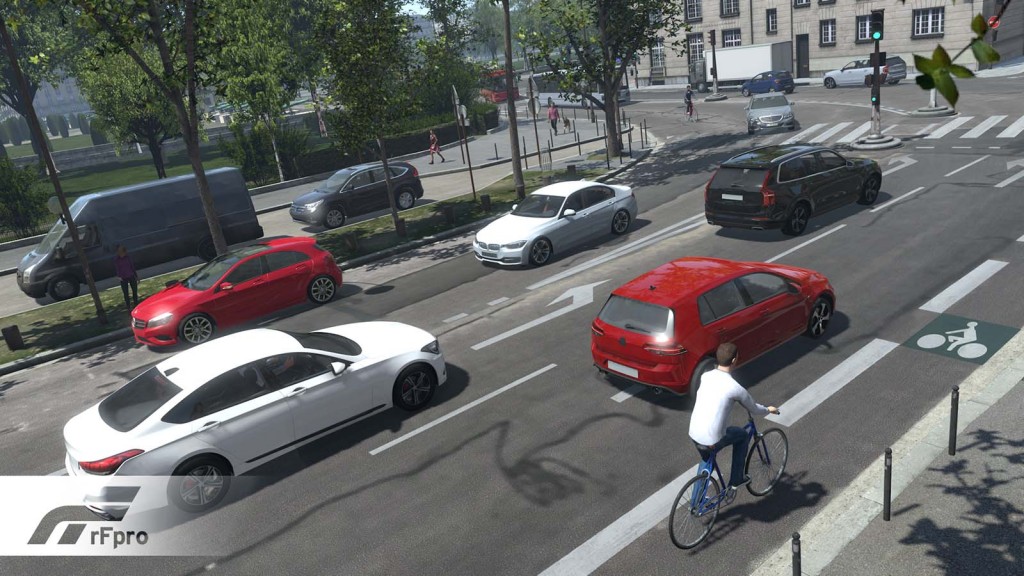
There's a moment in Ford's 2019 video of the making of the Mustang Mach-E when a company director is in invited to try the new model in simulation. "This is a Mustang," he announces to the program team gathered expectantly around the simulator. "It'd better drive like one." Alas, after his spell at the wheel he gets out of the car and drops a bombshell: "It's not a Mustang."
Had this been 2000 and not 2019 his words would have been catastrophic. Millions of dollars in production and testing would have been spent on a crucial new model that had missed its target by a country mile. As it was, while much head scratching and many late nights ensued, no fortunes were lost and no model programme scrapped.

Instead, in their own words, the program team acknowledged they had, "all of the fundamentals in place but it was all about the fine tuning. We had to go back and make this a Mustang." A while later, fine tuning accomplished and physical testing complete, the new model was signed off.
Watch this portion of the 20-minute film (it's about 15 minutes in) and it takes a moment or two to realise that the driving footage of the Mustang you're looking at is pure simulation. The new model really is being developed and fine-tuned in a laboratory.
Like an aircraft simulator, a life-size model of it is mounted on a powered table that turns, dips, rises and banks in response to the simulated road it is following, as well as to the steering, braking and throttle inputs of the driver sitting inside it.
All the while, data generated by the car's reactions and responses and the driver's inputs is being analysed by the assembled engineers charged with making the necessary 'fine tunings'.
Naturally, the changes the engineers make to the car in simulation must be validated in the real world, on track and on road in back-to-back tests. That's no problem, though, because the simulation is of such a high quality that invariably there are few surprises. The development programme can continue and Ford's bosses will have their Mustang.
The company that supplied the simulation software for the Ford Mustang is rFrpo. Based in the UK, it launched in 2007 as a project within a Formula One team where simulation of the fastest, most dynamic road vehicle possible was all that mattered.
It wasn't long before the company's services were being sought by car makers keen to use its technology in their development programmes to improve outcomes and save time. Today, rFpro's simulation software is used by most of the world's top manufacturers in the development of conventional and autonomous road cars.
It's so faithful to the real experience that drivers can be involved even when a vehicle's sub-systems and components being tested are still at the model-based engineering stage.
Simulations are based on real test circuits, development tracks and thousands of miles of public roads, with rFpro's library now running to 180 different locations. Surveys of the roads and tracks are made using highly accurate phase-based laser scanning, while the company's TerrainServer enables a high-definition road surface to be simulated; one that is accurate enough to allow even ride comfort tests to be conducted.
The simulation software can replicate low frequency noise, vibration and harshness (NVH) levels, although higher noise levels are beyond its capabilities, at least for now. Add the ability to recreate the dashboard for human interface (HI) testing and the result is a genuinely immersive simulation.
The latest addition to rFpro's simulation library is the Nardò Technical Centre in Italy, one of the world's leading proving grounds whose 3.9-mile handling track features a 1000m straight, 16 corners of varying radius and speed and which includes crests, bumps and kerbs.
It joins the catalogue at a time when electric cars, like the Mustang Mach E, are dominating car makers' development programmes. As manufacturers transition to electric and compete to establish their position, speed to market is more important to them than ever before.
Equally important is keeping a lid on costs since developing new, EV-specific platforms and powertrains is hugely expensive. Simulation helps on both counts. But how does it help resolve the specific challenges associated with EVs themselves? To answer that, Move Electric spoke to Matt Daley, operations director at rFpro.

“As the industry moves from internal combustion engines to electrification, vehicle dynamicists are having to rewrite their rule book,” he says.
“The way an electrified powertrain interacts with the chassis is significantly different from a traditional engine. Vehicle dynamic engineers want to accelerate their understanding of this change to prevent issues arising later in the car's development cycle.”
One of those issues facing engineers is fine-tuning the power characteristics of the electric motor. "How do I want that power delivered and what do I need to do control it? Simulation enables engineers to vary the performance and for the test driver to experience the results, saving months of development time."
This presence of a human in the simulation is called 'driver-in-the-loop'. Their subjective assessments complement the numerical ones made by the simulation software and are, says Daley, particularly useful in the areas of an EV's regenerative braking system (establishing acceptable levels), steering feel (weight and directness) and performance modes (achieving clear distinctions between them).
Another of the issues facing engineers is establishing the best location for an EV's major components. "Early in a car's design cycle, engineers have to make fundamental decisions about where to put things such as batteries, motors and suspension systems.
"With a traditional car, there aren't many options but on an EV there are plenty. Where engineers decide to place them affects the vehicle's weight distribution, which in turn affects how the car rides and handles and its packaging (interior space and layout). Simulation helps engineers make the right choices earlier."
For proof, just check out the relieved expressions on the faces of Ford's engineers in the company video when the director who had been so critical of their efforts first time around delivered his verdict on the revised Mustang: "It's awesome."
READ MORE
Subscribe to the Move Electric newsletter
e-CARS
New electric cars for 2022 and beyond: what’s coming when
New BMW i7 unveiled as luxury electric saloon
e-BIKES
Best e-bikes for every category 2022
Moustache Samedi 28.7 e-bike review
e-MOTORBIKES
Yamaha Neo's electric scooter review
Cake launches new global electric motorbike race series
e-SCOOTERS
Government set to announce plans to legalise private e-scooter use
New study finds e-scooters are five times safer than bikes
e-WORLD

